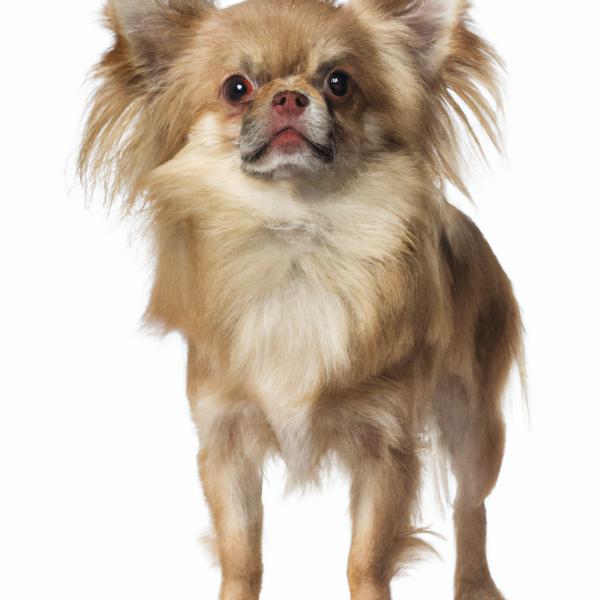Chin-wa vs. Nova Scotia Duck Tolling Retriever: Breed Differences and Similarities
Hypoallergenic
Are Chin-was or Nova Scotia Duck Tolling Retrievers hypoallergenic, or neither?
Unfortunately, neither Chin-wa nor Nova Scotia Duck Tolling Retriever are hypoallergenic, which may not make them the best choice for dog lovers who suffer from pet allergies.
Temperament
What are the personalities of Chin-wa and Nova Scotia Duck Tolling Retriever dogs?
Playful
Loving
Independent
Alert
Courageous
Intelligent
Loyal
Quick
Devoted
Lively
Affectionate
Courageous
Gentle
Responsive
Alert
Energetic
Playful
Shedding Level
Do Chin-was shed more than Nova Scotia Duck Tolling Retrievers, or which breed sheds more, Chin-was or Nova Scotia Duck Tolling Retrievers?
Chin-was are low shedding dogs, requiring minimal coat care.
Nova Scotia Duck Tolling Retrievers are moderate shedders, but regular brushing can reduce shedding and maintain coat health.
Watchdog Ability
Which dog breed makes a better watchdog, the Chin-wa or Nova Scotia Duck Tolling Retriever?
Avoid Chin-was as watchdogs - they're not effective.
Nova Scotia Duck Tolling Retrievers are decent watchdogs - they'll alert their owner if something seems amiss.
Origin
What is the origin of Chin-wa and Nova Scotia Duck Tolling Retriever dog breeds?
United States
Canada
Ancestry
What are the origins of Chin-wa and Nova Scotia Duck Tolling Retriever breeds?
Chihuahua, Japanese Chin
Cocker Spaniels, farm Collies, Irish Setters
Date of Birth
When were Chin-wa and Nova Scotia Duck Tolling Retriever breeds first developed?
Unknown
19th Century
Eye Color Possibilites
What are the eye colors of Chin-wa and Nova Scotia Duck Tolling Retriever dogs?
Brown
Hazel
Brown
Amber
Nose Color Possibilites
What are the natural nose colors of Chin-wa and Nova Scotia Duck Tolling Retriever?
Black
Black
Brown
Coat Color Possibilites
What are the natural colors of the coat for Chin-wa and Nova Scotia Duck Tolling Retriever breeds?
Pied
Gray
White
Black
Cream
Red
Brown
Red
Coat Length
What is the typical coat length for Chin-wa and Nova Scotia Duck Tolling Retriever breeds?
Chin-was have coats that can be either short or medium in length.
Nova Scotia Duck Tolling Retrievers have medium-length coats.
Coat Density
What is the density of the coat of Chin-wa and Nova Scotia Duck Tolling Retriever?
Coat Texture
What is the hair texture of Chin-wa and Nova Scotia Duck Tolling Retriever?
Straight
Litter Size
What is the usual litter size for Chin-wa and Nova Scotia Duck Tolling Retriever?
A Chin-wa can have a litter of 2-4 puppies on average. However, it's worth noting that the size of the litters can vary greatly. Factors that can influence litter size include the health of the mother, breeding history, and genetics.
A Nova Scotia Duck Tolling Retriever can have a litter of 12-14 puppies on average. However, it's worth noting that the size of the litters can vary greatly. Factors that can influence litter size include the health of the mother, breeding history, and genetics.
Adaptability
Chin-wa and Nova Scotia Duck Tolling Retrievers are known for their adaptability and versatility. They are capable of adapting well to a wide range of lifestyle changes and living environments, making them great companions for families and individuals of all lifestyles.
Health Issues
Between Chin-wa and Nova Scotia Duck Tolling Retriever, which breed is more prone to health problems?
The Chin-wa and Nova Scotia Duck Tolling Retriever breeds are commonly healthy with low vet costs, regular check-ups may not be as necessary but it's important to keep an eye on their health and have them checked by a veterinarian when needed.
Major Concerns
What are the major health concerns for Chin-wa and Nova Scotia Duck Tolling Retriever breeds?
Patellar Luxation
Tracheal Collapse
Liver Shunts
Hip Dysplasia
Progressive Retinal Atrophy (PRA)
Minor Concerns
What minor health issues should be kept in mind when owning Chin-wa and Nova Scotia Duck Tolling Retriever?
Cataracts
Hypoglycemia
Collie Eye Anomaly (CEA)
Occasional Tests
What occasional tests are recommended for Chin-wa and Nova Scotia Duck Tolling Retriever breeds?
X-Rays
Physical Examination
Blood Work
Ophthalmic Examination
OFA
CERF
Hearing Tests
Energy
How do the energy levels of Chin-was and Nova Scotia Duck Tolling Retrievers compare?
Chin-was are a good choice for a low-key lifestyle due to their low energy levels.
Nova Scotia Duck Tolling Retrievers thrive on an active lifestyle due to their high-energy nature.
Social Needs
Chin-wa vs Nova Scotia Duck Tolling Retriever social needs comparison
Chin-wa has very high social needs and requires regular mental and physical stimulation, a job or purpose, and companionship.
Nova Scotia Duck Tolling Retriever has above average social needs and thrives with interaction with humans and other dogs.
Exercise Needed
Chin-wa vs Nova Scotia Duck Tolling Retriever exercise need comparison.
Chin-was need only a small amount of physical activity, ideal for busy or elderly people or those with limited space.
Nova Scotia Duck Tolling Retrievers require significant physical activity and suit those with an active lifestyle.
Sleeping Need
Which of the two sleeps the most/least: Chin-wa or Nova Scotia Duck Tolling Retriever?
Chin-was are known for their relaxed and calm nature and enjoy long periods of sleep.
Nova Scotia Duck Tolling Retrievers are active and require sufficient sleep to stay healthy.
Tendency to Bark
Do Chin-was or Nova Scotia Duck Tolling Retrievers bark more/less frequently?
Chin-wa dogs are generally less vocal than other breeds and only bark when necessary, such as to alert their owner or communicate.
Nova Scotia Duck Tolling Retrievers bark moderately when necessary and may also bark due to certain triggers like fear, alarm, boredom, greeting, separation anxiety and compulsive barking.
Mouthiness
Mouthiness Comparison: Chin-wa vs Nova Scotia Duck Tolling Retriever?
Roaming urge
Chin-wa vs Labrador: Running away tendency?
Prey Drive
Chin-wa or Nova Scotia Duck Tolling Retriever - which breed has a higher level of prey drive?
Past times
What are some enjoyable activities and ways to keep Chin-wa and Nova Scotia Duck Tolling Retriever entertained?
Walking, Playing, Fetch, Talking to her, All activities, Tag, Tug-of-war, Hide & Seek, Walk, Snuggl
Fetch, Bike ride, Dog Parks, Walk, Run
Activity Level
Which breed has higher energy, Chin-was or Nova Scotia Duck Tolling Retrievers?
Chin-was are medium-energy dogs and typically enjoy socializing and playing casual or even sustained games of chase with other dogs. They may also have occasional periods of barking or racing around the house.
Nova Scotia Duck Tolling Retrievers are high-energy dogs. They need mental as well as physical exercise. These dogs require a lot of your involvement and without it they can, and will, become problematic dogs.
Tolerance of being left alone
Walks per Week
How many miles should Chin-wa or Nova Scotia Duck Tolling Retriever walk each week?
There's really no limit to how far you walk your dog as long as they're comfortable. For Chin-wa, it's at least 5 miles / week. Just remember to build distance and stamina gradually over time.
There's really no limit to how far you walk your dog as long as they're comfortable. For Nova Scotia Duck Tolling Retriever, it's at least 10 miles / week. Just remember to build distance and stamina gradually over time.
Activity per Day
Do Chin-was or Nova Scotia Duck Tolling Retrievers require more exercise?
In general most Chin-was usually need at least 30 minutes of exercise daily. This can be spread across the day and include all sorts of high-energy activities, like walking, running and playing.
In general most Nova Scotia Duck Tolling Retrievers usually need at least 60 minutes of exercise daily. This can be spread across the day and include all sorts of high-energy activities, like walking, running and playing.
Grooming
Which breed is easier to maintain in terms of grooming, Chin-was or Nova Scotia Duck Tolling Retrievers?
Chin-wa and Nova Scotia Duck Tolling Retriever are breeds of dogs that are known for their low grooming needs.
Brushing Frequency
What is the recommended brushing frequency for Chin-wa and Nova Scotia Duck Tolling Retriever dogs?
Chin-wa and Nova Scotia Duck Tolling Retriever should be brushed at least once a week. Of course, you can give them more frequent brushes if you find that they are still shedding a lot.
Brushing Tools
What brushing tools are used for Chin-was and Nova Scotia Duck Tolling Retrievers?
Pin Brush
Slicker Brush
Nail Clipper
Pin Brush
Dematter
Comb
Nail Clipper
Cups
How much food should be given to Chin-wa or Nova Scotia Duck Tolling Retriever in cups?
For an average 4-8 pound (2 - 4 kg) Chin-wa feed 1 cups daily. But, keep in mind, the amount you feed is going to be dependent on the quality of the food you are feeding.
For an average 44-51 pound (20 - 23 kg) Nova Scotia Duck Tolling Retriever feed 2.3 cups daily. But, keep in mind, the amount you feed is going to be dependent on the quality of the food you are feeding.
Daily Cost
Which breed has a higher daily cost, Chin-wa or Nova Scotia Duck Tolling Retriever?
The average cost of a Chin-wa is somewhere $1.10 - $1.40 per day.
The average cost of a Nova Scotia Duck Tolling Retriever is somewhere $1.70 - $2.00 per day.
Monthly Cost
Which breed has a higher monthly cost, Chin-wa or Nova Scotia Duck Tolling Retriever?
The average per month expenses of a Chin-wa is between $28 - $42. This makes an average of $336 - $504 per year. It will be on the higher side when the dog is still small because it will need more frequent visits to the vet, shots.
The average per month expenses of a Nova Scotia Duck Tolling Retriever is between $48 - $63. This makes an average of $576 - $756 per year. It will be on the higher side when the dog is still small because it will need more frequent visits to the vet, shots.
Intelligence
Comparing Intelligence: Chin-was vs Nova Scotia Duck Tolling Retrievers
Chin-wa is an independent and stubborn breed with low obedience intelligence, making training a test of patience.
Nova Scotia Duck Tolling Retriever has below average obedience intelligence, but they excel in understanding human emotions.
Sensitivity Level
How do Chin-wa and Nova Scotia Duck Tolling Retriever compare in sensitivity?
This breed is sensitive and requires gentle handling and a calm home environment.
Nova Scotia Duck Tolling Retrievers have average emotions and adapt well to different situations.
Affection Dependance
Which is the more affectionate dog breed: Chin-wa vs Nova Scotia Duck Tolling Retriever?
Apartment Friendly
Which breed is more apartment-friendly: Chin-wa or Nova Scotia Duck Tolling Retriever?
Chin-was make excellent apartment dogs, being fairly active indoors and not requiring a yard.
Nova Scotia Duck Tolling Retrievers are good apartment dogs as long as they get enough exercise and stimulation outside of the apartment.
Child Friendly
Do Chin-was or Nova Scotia Duck Tolling Retrievers have a friendlier temperament towards children?
Chin-was are not the best choice for families with kids.
Nova Scotia Duck Tolling Retrievers make excellent family pets for kids due to their gentle, protective nature and calm temperament.
Senior-friendly
Which dog is more suitable as a pet for the elderly - Chin-wa or Nova Scotia Duck Tolling Retriever?
Cat Friendly
Do Chin-wa or Nova Scotia Duck Tolling Retriever breeds have a better compatibility with cats?
Chin-was are very friendly with cats and make great companions for them.
Nova Scotia Duck Tolling Retrievers are average in their friendliness toward cats and tend to do well with them, especially if raised together.
Dog Friendly
Which breed is more sociable with other dogs: Chin-wa or Nova Scotia Duck Tolling Retriever?
Chin-was are average in their friendliness towards other dogs, and socialization can help.
Nova Scotia Duck Tolling Retrievers are generally very friendly towards other dogs, with a happy and affectionate temperament.
Pet friendly
How do Chin-wa or Nova Scotia Duck Tolling Retriever dogs interact with other pets?
Stranger Friendly
Which breed is more friendly with strangers: Chin-wa or Nova Scotia Duck Tolling Retriever?
Chin-was are friendly but may bark at strangers, and training is easy due to their intelligence.
Nova Scotia Duck Tolling Retrievers are quick to announce strangers and can be standoffish or suspicious.
Playfulness
Which breed is more playful between Chin-wa and Nova Scotia Duck Tolling Retriever?
Chin-was have an average level of playfulness, enjoying playtime like most dogs but not excessively so.
Nova Scotia Duck Tolling Retrievers are very playful, so adopting an older one might be a better option for a more relaxed experience.
Trainability
How do the trainability levels of Chin-was and Nova Scotia Duck Tolling Retrievers compare?
Chin-was are usually easy to train but require consistency to fully obey commands.
Nova Scotia Duck Tolling Retrievers are popular for their ease of training and quick learning ability.
Compare Chin-wa with other breeds
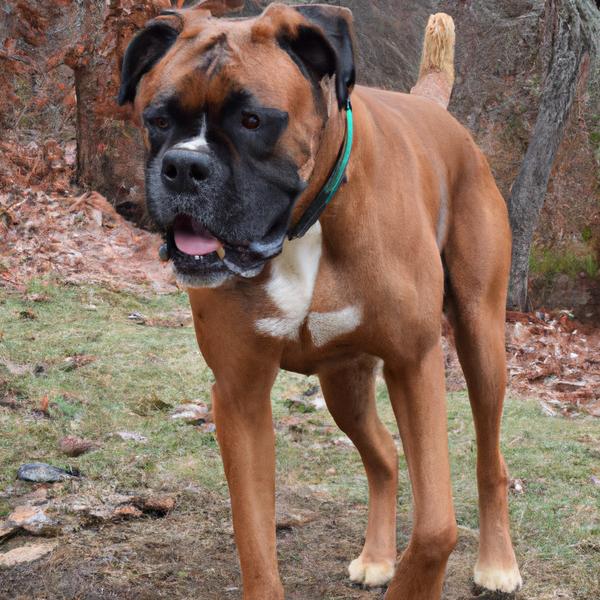
Boxer Shepherd
Chin-wa vs Boxer Shepherd
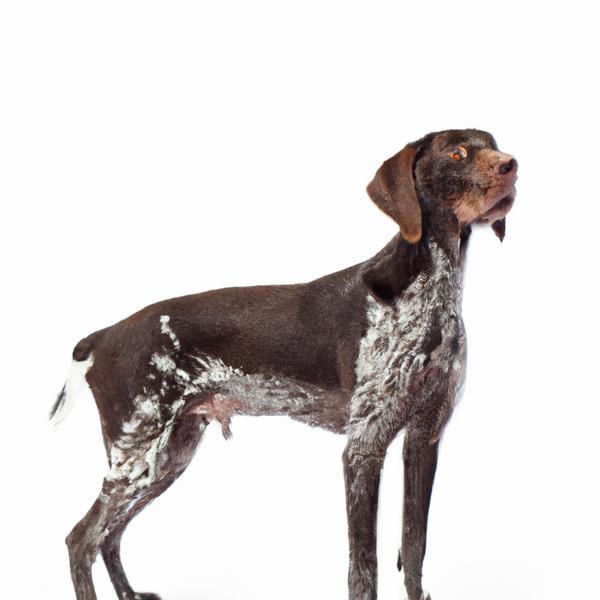
German Shorthaired Sprointer
Chin-wa vs German Shorthaired Sprointer

Boxita
Chin-wa vs Boxita
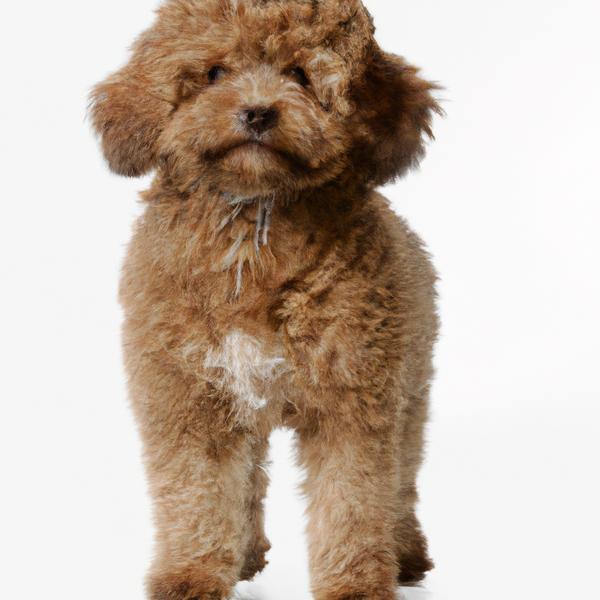
Bossi-Poo
Chin-wa vs Bossi-Poo
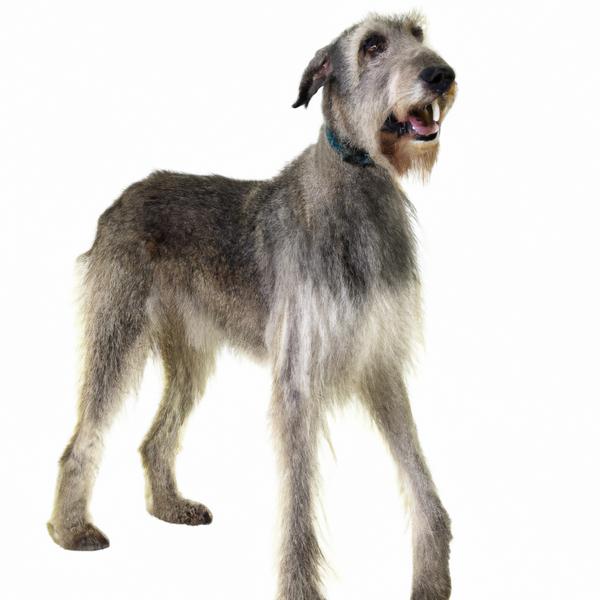
Scottish Deerhound
Chin-wa vs Scottish Deerhound
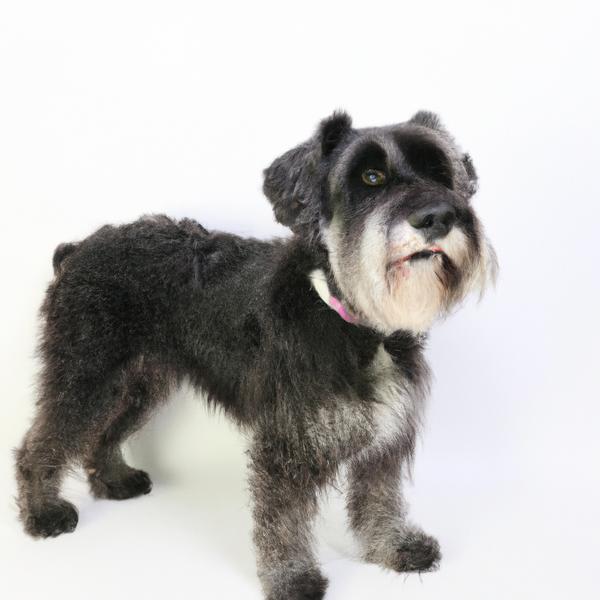
Mini Bolonauzer
Chin-wa vs Mini Bolonauzer
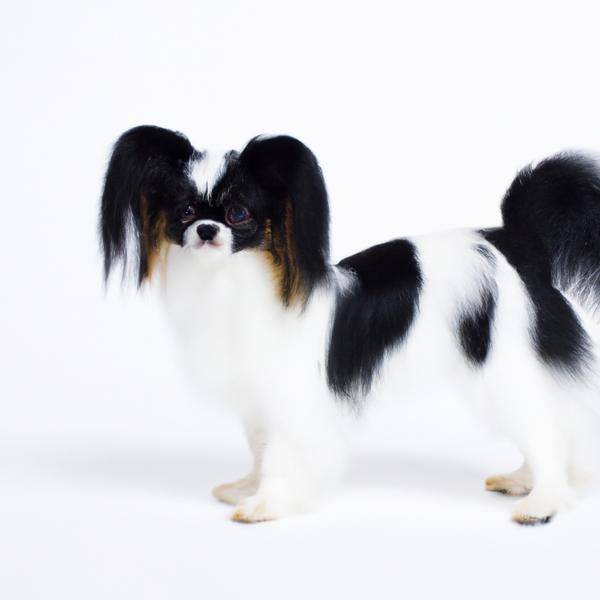
Chimation
Chin-wa vs Chimation
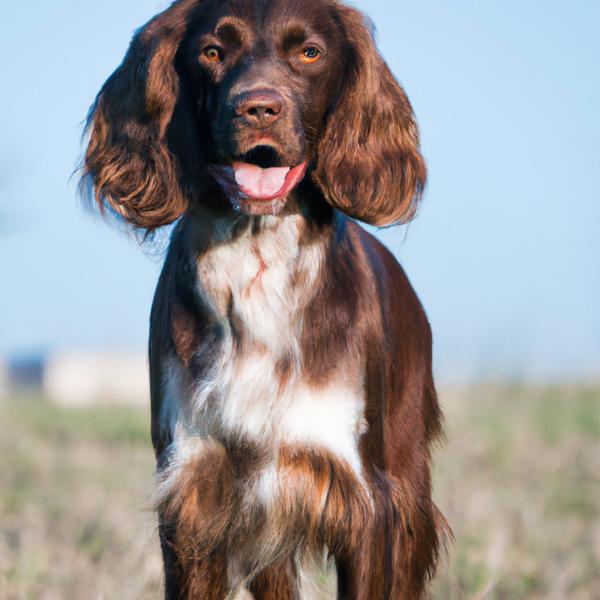
Field Spaniel
Chin-wa vs Field Spaniel
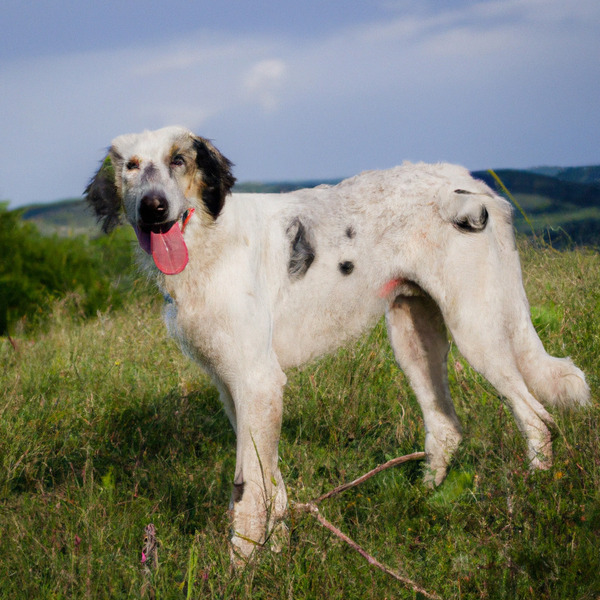
Slovensky Kopov
Chin-wa vs Slovensky Kopov
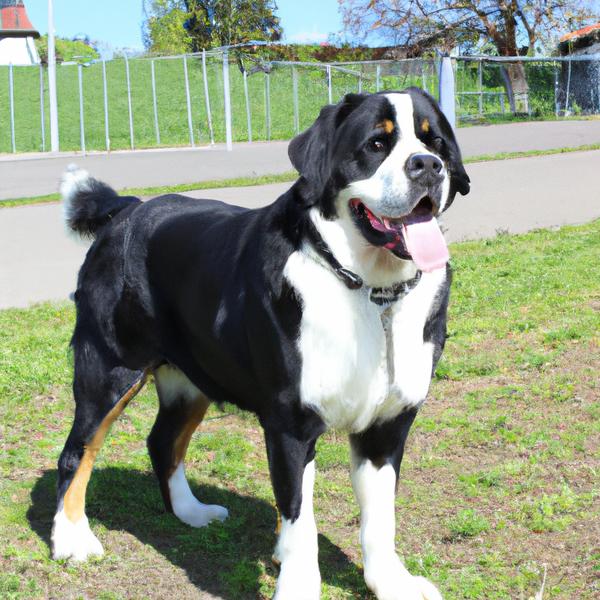
Swissy Saint
Chin-wa vs Swissy Saint
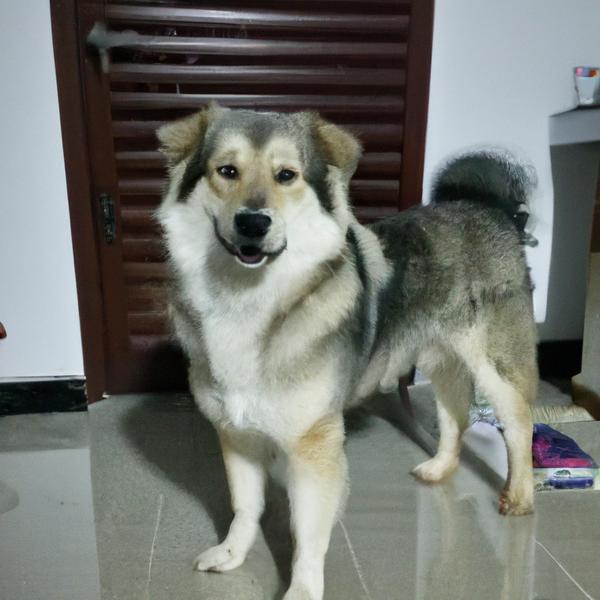
Nekita
Chin-wa vs Nekita
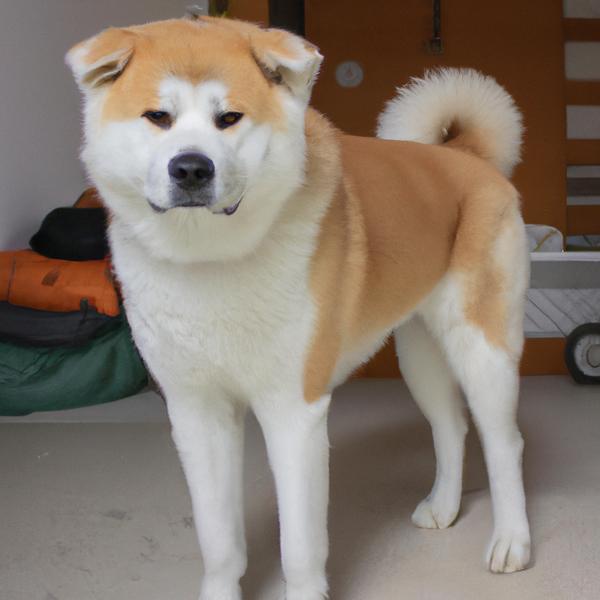
Cava Inu
Chin-wa vs Cava Inu
